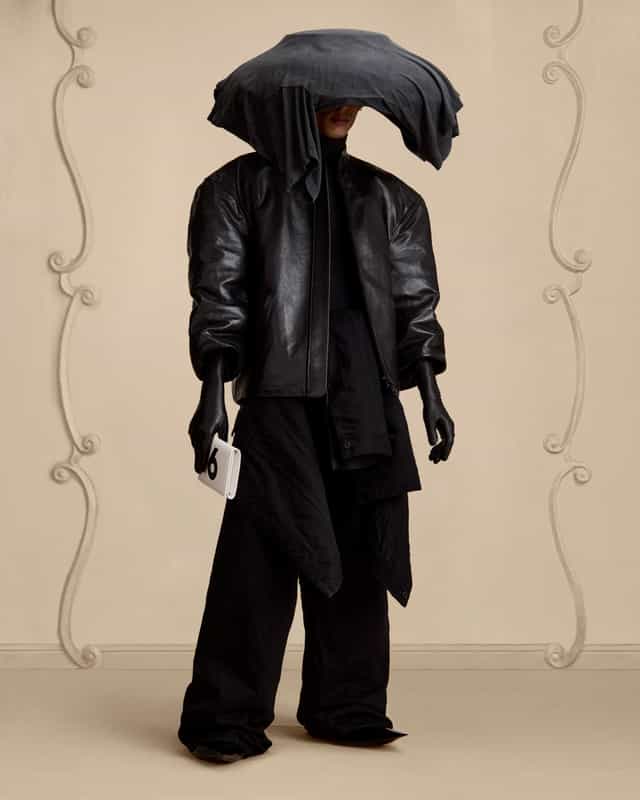Haute Couture represents the pinnacle of fashion craftsmanship, where exclusive, custom-made garments are created through meticulous artistry, luxurious materials, and traditional techniques, embodying timeless creativity and innovation in the fashion world.
What is Haute Couture?
Haute Couture is the epitome of fashion design, combining exceptional artistry, meticulous craftsmanship, and luxurious materials to create one-of-a-kind garments. The term, derived from French, translates to “high sewing” or “high dressmaking.” Haute Couture pieces are custom-fitted to individual clients, making them exclusive and often unparalleled in quality and design.
The world of Haute Couture is more than just fashion—it’s a celebration of creativity, craftsmanship, and tradition, where designers push the boundaries of their artistic vision.
The Origins and History
The roots of Haute Couture trace back to the mid-19th century with the pioneering work of Charles Frederick Worth, an Englishman who established the first couture house in Paris in 1858. Worth was the first designer to dictate fashion trends, marking the beginning of modern fashion design as we know it.
In 1945, the Chambre Syndicale de la Haute Couture was formed to protect and regulate this prestigious segment of the fashion industry. Today, the organization ensures that fashion houses adhere to strict guidelines to qualify as Haute Couture.
Requirements to Qualify as Haute Couture
To be officially recognized as a Haute Couture house, designers must meet rigorous standards set by the Chambre Syndicale de la Haute Couture. These requirements include: • Made-to-Order: Each garment must be created specifically for an individual client. • Atelier (Workshop): The fashion house must have an atelier in Paris with at least 15 full-time employees. • Handcraftsmanship: Employ at least 20 technical staff who specialize in intricate handwork. • Collection Presentations: Present a collection of at least 50 original designs (both daywear and eveningwear) twice a year during Paris Haute Couture Week.
The Houses of Haute Couture
Some of the most iconic and influential houses that have been part of the Haute Couture tradition include: • Chanel: Known for its timeless elegance, tweed suits, and craftsmanship perfected under the direction of Karl Lagerfeld and now Virginie Viard. • Christian Dior: Renowned for the “New Look” silhouette, which revolutionized women’s fashion in the post-war era. • Givenchy: Known for designing Audrey Hepburn’s iconic dresses and for blending classic sophistication with modern sensibilities. • Jean Paul Gaultier: Celebrated for his provocative and avant-garde designs. • Maison Margiela: Known for deconstruction and innovation under the creative direction of John Galliano.
Emerging designers and guest members like Iris van Herpen and Rahul Mishra also bring fresh perspectives and technological innovations to the world of Haute Couture.
The Making of a Haute Couture Garment
Creating a Haute Couture piece is a painstaking process that often takes hundreds of hours to complete. Here’s a glimpse into the process: 1. Design & Sketch: The designer conceptualizes the garment and sketches initial ideas. 2. Measurements: Precise measurements are taken to ensure a perfect fit. 3. Mock-Up (Toile): A prototype made from muslin fabric is created to refine the design before final execution. 4. Fabric Selection: Only the finest materials—silks, lace, organza, and hand-embroidered textiles—are chosen. 5. Construction: Expert artisans work on the garment, often incorporating embroidery, beadwork, and lace detailing by hand. 6. Fittings: Multiple fittings ensure the piece fits flawlessly. 7. Final Touches: Every detail is meticulously inspected to achieve perfection.
Why Haute Couture Matters
In a world increasingly dominated by mass production and fast fashion, Haute Couture stands as a testament to the enduring value of slow, thoughtful craftsmanship. It preserves traditional skills and techniques that might otherwise be lost. Furthermore, Haute Couture inspires the wider fashion industry, influencing ready-to-wear collections and setting creative trends.
The Future of Haute Couture
While historically exclusive, the future of Haute Couture is embracing modernity. Innovations in technology, such as 3D printing and sustainable materials, are merging with traditional craftsmanship. Designers are increasingly focused on sustainability and ethical production, ensuring that the art of Haute Couture remains relevant and responsible.
Conclusion
Haute Couture is more than just high fashion—it’s an art form, a legacy, and a continual reinvention of what is possible in garment design. It represents the perfect marriage of imagination, craftsmanship, and luxury, offering a rare glimpse into fashion as a true expression of art.
In a world where trends come and go, Haute Couture remains timeless.




















